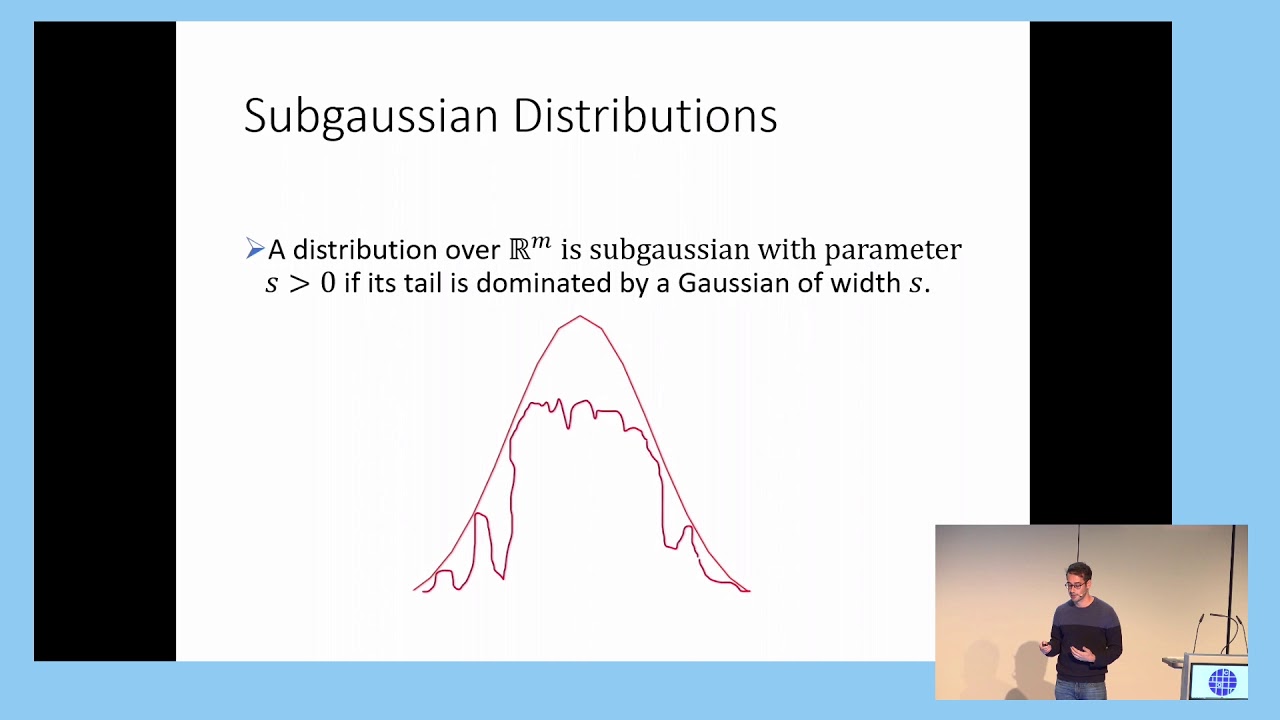Welcome to the resource topic for 2018/946
Title:
Building an Efficient Lattice Gadget Toolkit: Subgaussian Sampling and More
Authors: Nicholas Genise, Daniele Micciancio, Yuriy Polyakov
Abstract:Many advanced lattice cryptography applications require efficient algorithms for inverting the so-called “gadget” matrices, which are used to formally describe a digit decomposition problem that produces an output with specific (statistical) properties. The common gadget inversion problems are the classical (often binary) digit decomposition, subgaussian decomposition, Learning with Errors (LWE) decoding, and discrete Gaussian sampling. In this work, we build and implement an efficient lattice gadget toolkit that provides a general treatment of gadget matrices and algorithms for their inversion/sampling. The main contribution of our work is a set of new gadget matrices and algorithms for efficient subgaussian sampling that have a number of major theoretical and practical advantages over previously known algorithms. Another contribution deals with efficient algorithms for LWE decoding and discrete Gaussian sampling in the Residue Number System (RNS) representation. We implement the gadget toolkit in PALISADE and evaluate the performance of our algorithms both in terms of runtime and noise growth. We illustrate the improvements due to our algorithms by implementing a concrete complex application, key-policy attribute-based encryption (KP-ABE), which was previously considered impractical for CPU systems (except for a very small number of attributes). Our runtime improvements for the main bottleneck operation based on subgaussian sampling range from 18x (for 2 attributes) to 289x (for 16 attributes; the maximum number supported by a previous implementation). Our results are applicable to a wide range of other advanced applications in lattice cryptography, such as GSW-based homomorphic encryption schemes, leveled fully homomorphic signatures, key-hiding PRFs and other forms of ABE, some program obfuscation constructions, and more.
ePrint: https://eprint.iacr.org/2018/946
Talk: https://www.youtube.com/watch?v=K4cwlv06keI
See all topics related to this paper.
Feel free to post resources that are related to this paper below.
Example resources include: implementations, explanation materials, talks, slides, links to previous discussions on other websites.
For more information, see the rules for Resource Topics .
